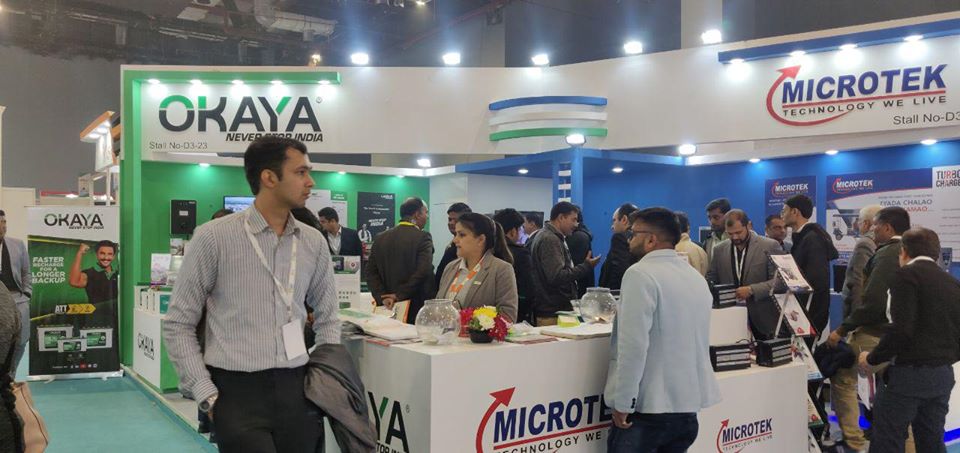16
Intel Unveils Loihi 2, Its Second-Generation Neuromorphic Chip
-
Loihi 2 is Intel's second-generation neuromorphic research chip. It supports new classes of neuro-inspired algorithms and applications, while providing faster processing, greater resource density and improved energy efficiency.
The Loihi chips are installed on a "Nahuku" board that contains from 8 to 32 Loihi chips. The Pohoiki Beach system contains multiple Nahuku boards that can be interfaced with Intel's Arria 10 FPGA developer's kit.
The Pohoiki system apparently performed just as well as GPU/CPU-based systems, while consuming a lot less power -- something that will be critical for self-contained autonomous vehicles, for instance. It consumes 100 times less energy than a widely used CPU-run SLAM method for mobile robots.
Loihi 2, an example of a technology called neuromorphic computing, is about 10 times faster than its predecessor, according to Intel. The speed improvement is the result of an eightfold increase in the number of digital neurons, a chip equivalent to human brain cells that mimic the way the brains handle information. The chip also can be programmed better to help researchers tackle more computing tasks.
The chip is built with a preproduction version of the Intel 4 manufacturing process, too, an advanced method Intel plans to use to build mainstream Intel chips arriving in 2023. The Intel 4 process can etch electronics more densely on a chip, a crucial advantage for Intel's need to pack a million digital neurons on a chip measuring 30 square millimeters.
Loihi chips are particularly good at rapidly spotting sensory input like gestures, sounds and even smells, says Mike Davies, leader of the Intel Labs group that developed Loihi. Some experiments have focused on artificial skin that could give robots a better sense of touch. "We can detect slippage if a robot hand is picking up a cup," Davies said.
Neuromorphic computing differs from artificial intelligence, a revolutionary computer technology based more loosely on how brains learn and respond, because it focuses more on the physical characteristics of human gray matter.
11-Jul-2022





